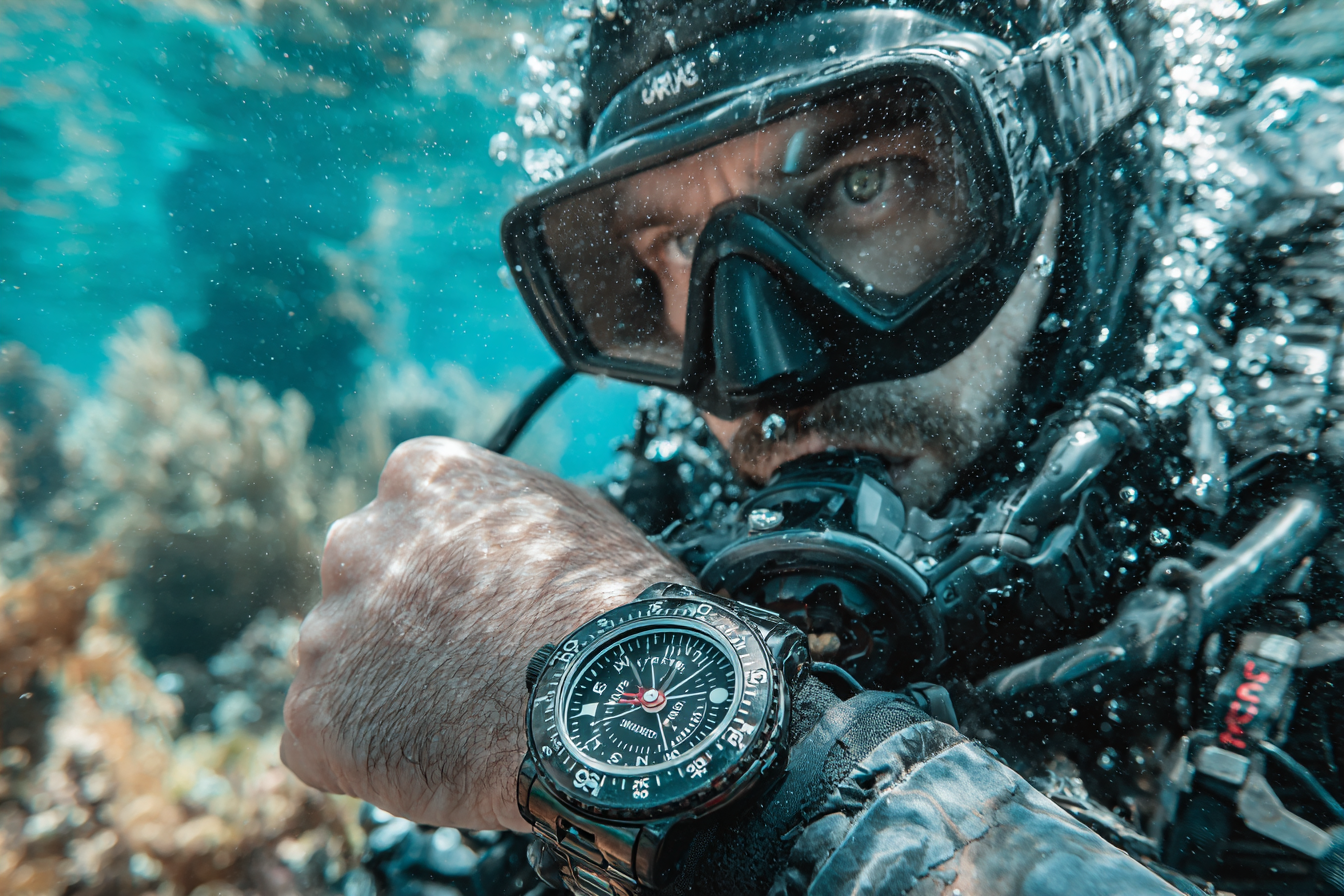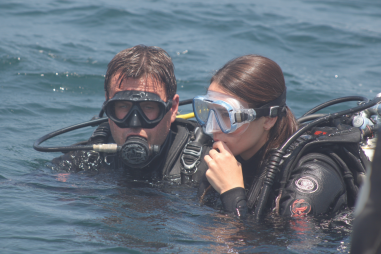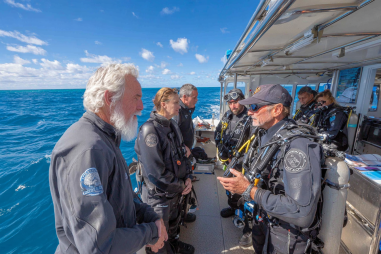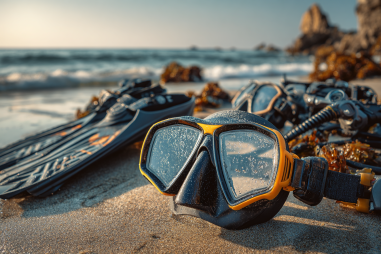Scuba diving is an exhilarating adventure, but navigating underwater can be challenging due to the lack of familiar landmarks and the surrounding blue abyss. Mastering scuba diving navigation techniques is essential not only for finding your way during a dive but also for maintaining safety and enhancing your overall diving experience. This comprehensive guide will help you understand why underwater navigation matters, introduce important tools and techniques, and provide practical tips to boost your confidence beneath the waves.
Why Navigation is Important in Scuba Diving
Being able to navigate underwater isn’t just a skill—it’s a lifeline. Unlike terrestrial environments, where roads, signs, and GPS guides can help orient you, the underwater world is fluid and often disorienting. Poor navigation can lead to becoming separated from your dive group, missing your exit point, or encountering hazardous areas. Effective navigation ensures you can safely follow your planned route, return to your boat or shore entry point without trouble, and avoid unnecessary exertion that wastes air supply. In emergencies, good navigation skills can be critical for quick and safe exits, potentially saving lives.
Basic Underwater Navigation Tools
Before diving in, it’s important to familiarize yourself with the basic navigation tools that every diver should carry:
- Compass: The cornerstone of underwater navigation, a compass helps you maintain a heading and track directions under the water.
- Depth Gauge: This allows you to monitor your dive depth, which is crucial for orienting yourself vertically and planning decompression stops.
- Dive Computer: Besides tracking your depth and time, many dive computers integrate navigation features that help you track headings and distances.
- Underwater Slate or Dive Map: Visual references or written notes can assist with complex navigation plans, especially on unfamiliar dives.
Using a Compass Underwater
Mastering the compass is fundamental for underwater navigation. Unlike on land, turbulent water and limited reference points make it harder to maintain a straight course. Here’s how to effectively use a compass underwater:
- Calibrate and check before diving: Ensure the compass is functioning correctly and not magnetically disturbed.
- Set your bearing: Choose a reference point or heading you want to travel towards and align the compass needle accordingly.
- Swim steady and watch the compass: Keep your heading steady by watching the compass dial and making small course adjustments as needed.
- Use reciprocal bearings: To return to your starting point, simply follow the opposite bearing (add or subtract 180°).
Practice is key when combining compass reading with swimming, so don’t hesitate to rehearse these skills in a pool or controlled environment before open water dives.
Natural Navigation Techniques: Landmarks and Currents
While tools are invaluable, natural navigation techniques complement your skills and can sometimes be the easiest way to stay oriented. Here are two important methods:
Landmarks
Look out for recognizable underwater features such as rock formations, coral heads, shipwrecks, or large marine plants. Paying attention to the position of these landmarks relative to your dive entry point or the boat can immensely help your orientation. Make mental notes or even sketches on an underwater slate.
Currents
Understanding the direction and strength of currents helps in planning your route and estimating your position. Currents usually run consistently in one direction and can act as a natural compass. Learning to feel and interpret water movement improves your sense of direction underwater and helps you anticipate when to adjust your dive plan.
Estimating Distance and Direction
Accurately estimating distance underwater is vital to avoid overextending your air supply and ensuring a safe return. Unlike walking on land, underwater distance is harder to gauge due to water’s refractive properties and lack of fixed points.
- Kicking techniques: Counting your kick cycles or fin strokes can help estimate distance.
- Time and speed: Knowing your typical swim speed underwater combined with the time spent traveling can estimate how far you’ve gone.
- Using objects: Practice estimating distances by comparing objects or features with known or measured sizes.
Regarding direction, constantly referencing your compass and combining it with environmental cues ensures you stay on track.
Practical Navigation Exercises for Divers
Skill development requires practice. Try these exercises to sharpen your underwater navigation abilities:
- Compass Navigation Drills: Swim a pre-planned course using only your compass heading and return on the reciprocal bearing.
- Square Patterns: Practice swimming a square or rectangular route underwater using bearings and distance estimation.
- Landmark Identification: Dive with a buddy and take turns using natural features to navigate from point to point.
- Blind Navigation: Close your eyes briefly or look away from your direction of travel and rely on your compass and distance estimates.
Consistency and repetition will build muscle memory and confidence.
Avoiding Common Navigation Errors
Even experienced divers sometimes make navigation mistakes. Here’s how to avoid the most common pitfalls:
- Over-reliance on compass alone: Don’t ignore natural cues and landmarks—integrate multiple techniques.
- Poor planning: Begin every dive with a clear navigation plan to avoid confusion underwater.
- Ignoring currents: Not accounting for strong currents can push you off course.
- Lack of communication: Always discuss your navigation plan with your dive buddy or team before the dive.
- Inadequate practice: Navigation skills degrade without regular practice—make it a consistent part of your diving routine.
Planning Dives with Navigation in Mind
Effective navigation begins before you ever enter the water. When planning a dive, consider these navigation-related steps:
- Study dive site maps: Familiarize yourself with entry/exit points, underwater topography, and potential navigation markers.
- Create a route plan: Define your bearings, depth profiles, potential landmarks, and turnaround points.
- Discuss roles: Assign navigation responsibilities if diving in a group.
- Consider conditions: Account for tides, currents, visibility, and other environmental factors that may affect navigation.
- Ensure equipment readiness: Check your compass and other navigation gear for reliability.
Emergency Navigation Strategies
Despite all precautions, situations may arise where you lose your way underwater. Staying calm is paramount. Follow these steps in emergency navigation situations:
- Stop and orient: Halt movement and attempt to reestablish your sense of direction using your compass and natural cues.
- Ascend safely if needed: If disoriented and low on air, begin a controlled and safe ascent while monitoring your depth.
- Signal your buddy or boat: Use underwater communication signals or audible devices to get attention.
- Follow a predetermined search pattern: If separated, both you and your buddy should follow agreed-upon procedures to reunite.
- Use surface markers: Deploy surface marker buoys to assist surface support teams in locating you.
Tips for Improving Navigation Skills
Enhancing your underwater navigation takes dedication and smart practice. Here are some tips to help you become a proficient diver:
- Practice regularly: Swimming with your compass and honing natural navigation with each dive.
- Take specialty courses: Many diving organizations offer underwater navigation certification courses for more structured training.
- Dive with experienced navigators: Learn by observation and feedback from skilled divers.
- Stay relaxed and focused: Calmness helps with orientation and reduces stress underwater.
- Review and reflect: After each dive, analyze what navigation techniques worked and where you can improve.
By investing time and effort in mastering scuba diving navigation techniques, you greatly improve your safety and enjoyment underwater. Whether you’re exploring shallow reefs or deep wrecks, confident navigation enables you to dive further, see more, and dive back to the surface easily and safely. So gear up, study your compass, observe nature, and embrace the adventure below the surface with assurance.







